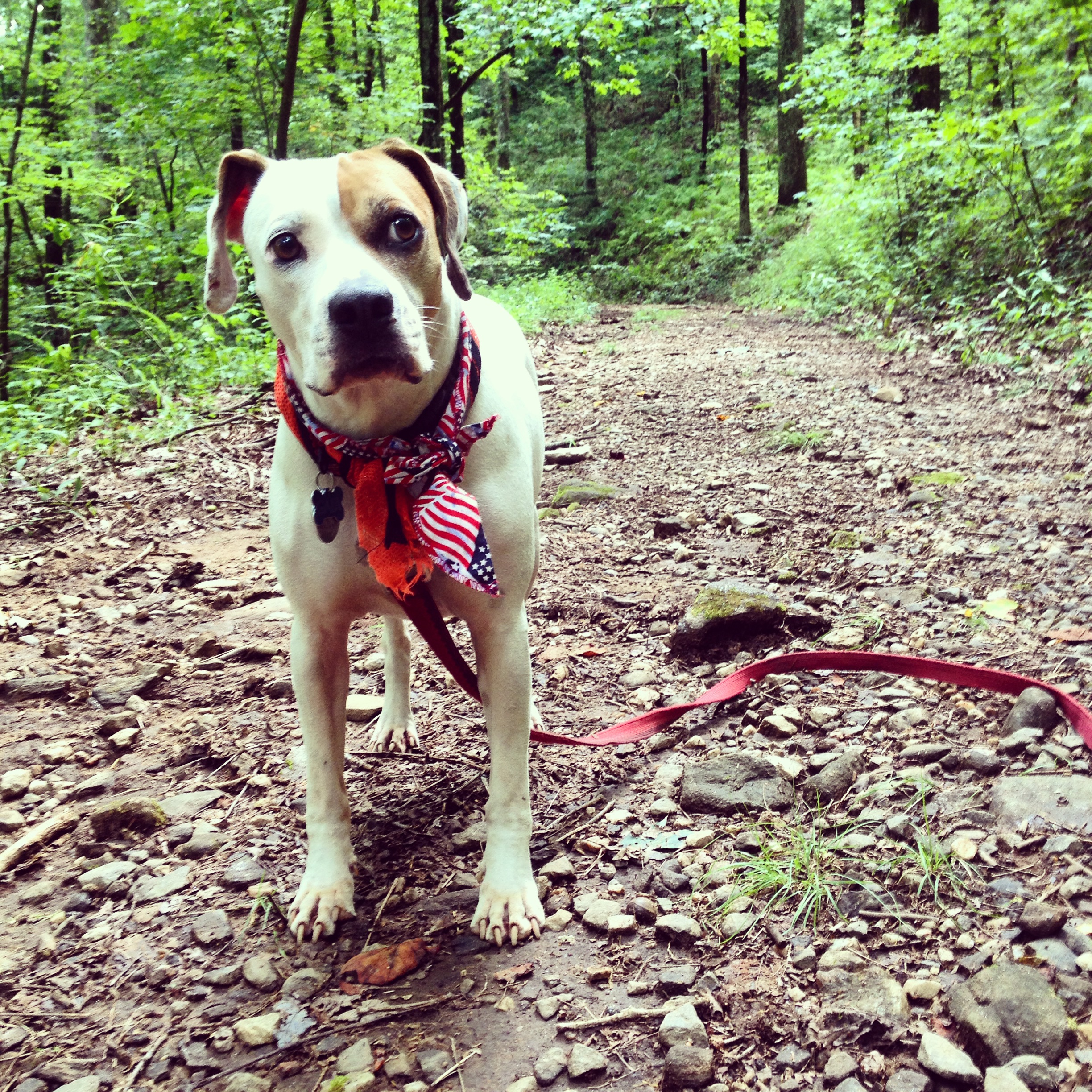May 15, 2015
Field Dogs

There are many privileges and benefits to working as a field staff for Second Nature. For me, one of the most important of those privileges has been my ability to bring my dog into the field. Many studies have been done to examine human-dog interactions and the benefits, both physically and emotionally, of having dogs around us. In practice, I’ve seen many of those benefits manifest themselves in the field over the years.
Safety: People tend to feel physically safe with a dog around. Dogs warn us of intruders by growling or barking and they usually know when someone or something is around before we do. In the summer field area, the Uinta Mountains, my dog once chased a black bear away from our camp. I’ve heard many of our students mention that they feel safer having a dog with the group.
Topic for conversation: Many students have dogs or other pets at home and having a dog in the group often brings up conversations between staff and students alike about their pets. When I arrive at a new group with my dog, the students quickly ask me about her – giving us an immediate opportunity to connect and begin a relationship.
Companionship: Dogs are social animals and in the field the group is their pack. My dog greets the students every morning with whines and grunts of excitement. She brings them sticks when she wants to play, rolls on her back when she wants a belly rub and licks their faces when she just wants to show some affection. Many students are drawn to sit by the dog, talk to her and play with her. She’s a part of their group for the week and most students treat her accordingly. She’s a companion who will always return affection and who always has time to spend with others.
Social awareness and comfort: Since dogs can’t speak to us they are skillful at communicating with their body language. When we’ve done something to scare a dog they show us with their behavior. There are no conflicting messages between words and body language; in fact, some people who have difficulty reading others’ body language may have an easier time reading a dog’s body language. Dogs are masters of reading human body language because their well-being has been dependent upon it for thousands of years. Dogs seem to have a natural ability to understand human emotion on a basic level and respond to it accordingly. Many times I’ve seen my dog sit or lay near a student who is sad or overwhelmed. Often, that student, consciously or unconsciously, will begin to pet her as they calm down. In fact, research shows that petting a dog actually lowers our heart rate and reduces our level of stress.
Field dogs, when they are present, are a unique part of the Second Nature experience. Many programs do not allow dogs to go into the field with instructors, but with proper training and certification Second Nature does. I’ve seen interactions with field dogs used as a way to highlight struggle as well as success for a student, thus playing an active role in the student’s therapy that week. However, most of the time dogs are simply great companions for everybody in the field for staff and students alike – a benefit that can sometimes be overlooked but should not be underestimated.
